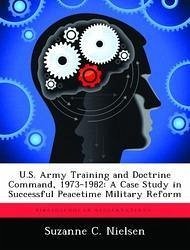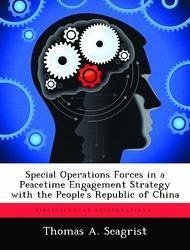
Just-In-Time Effects on Peacetime Efficiency and Wartime Readiness
Versandkostenfrei!
Versandfertig in über 4 Wochen
52,99 €
inkl. MwSt.

PAYBACK Punkte
26 °P sammeln!
This study assesses the suitability of just-in-time (JIT) logistics in support of a major theater war. It defines just-in-time logistics and analyzes the reasons the Army adopted just-in-time principles. The study also shows the peacetime efficiencies of just-in-time logistics and how they may be applied to a major theater war. This is a study of JIT practices within the U.S. Army. It reviews the recent history of logistics support to the U.S. Army in the last century and examines the reasons for the adoption of just-in-time logistics. In the examination it defines just-in-time logistics and t...
This study assesses the suitability of just-in-time (JIT) logistics in support of a major theater war. It defines just-in-time logistics and analyzes the reasons the Army adopted just-in-time principles. The study also shows the peacetime efficiencies of just-in-time logistics and how they may be applied to a major theater war. This is a study of JIT practices within the U.S. Army. It reviews the recent history of logistics support to the U.S. Army in the last century and examines the reasons for the adoption of just-in-time logistics. In the examination it defines just-in-time logistics and the Army version of it, Velocity Management. This study shows the criteria the Army used in finding a new logistics solution, the civilian examples of just-in-time success, and the goals set out by the CSA to hasten the implementation of velocity management. In a downsized Army in an interwar period resources are scarce, making efficient and reliable systems necessary. Velocity management was adopted to increase efficiency in the logistic system while reducing manpower and financial requirements. While velocity management is proving to be an efficient peacetime solution for logistics, it is yet untested in the environment of combat. The numerous variables that make it so efficient are endangered in the environment of conflict. This study examines some of the predicted logistics requirements of a major theater war and assesses the ability of velocity management to adequately provide the necessary support.














